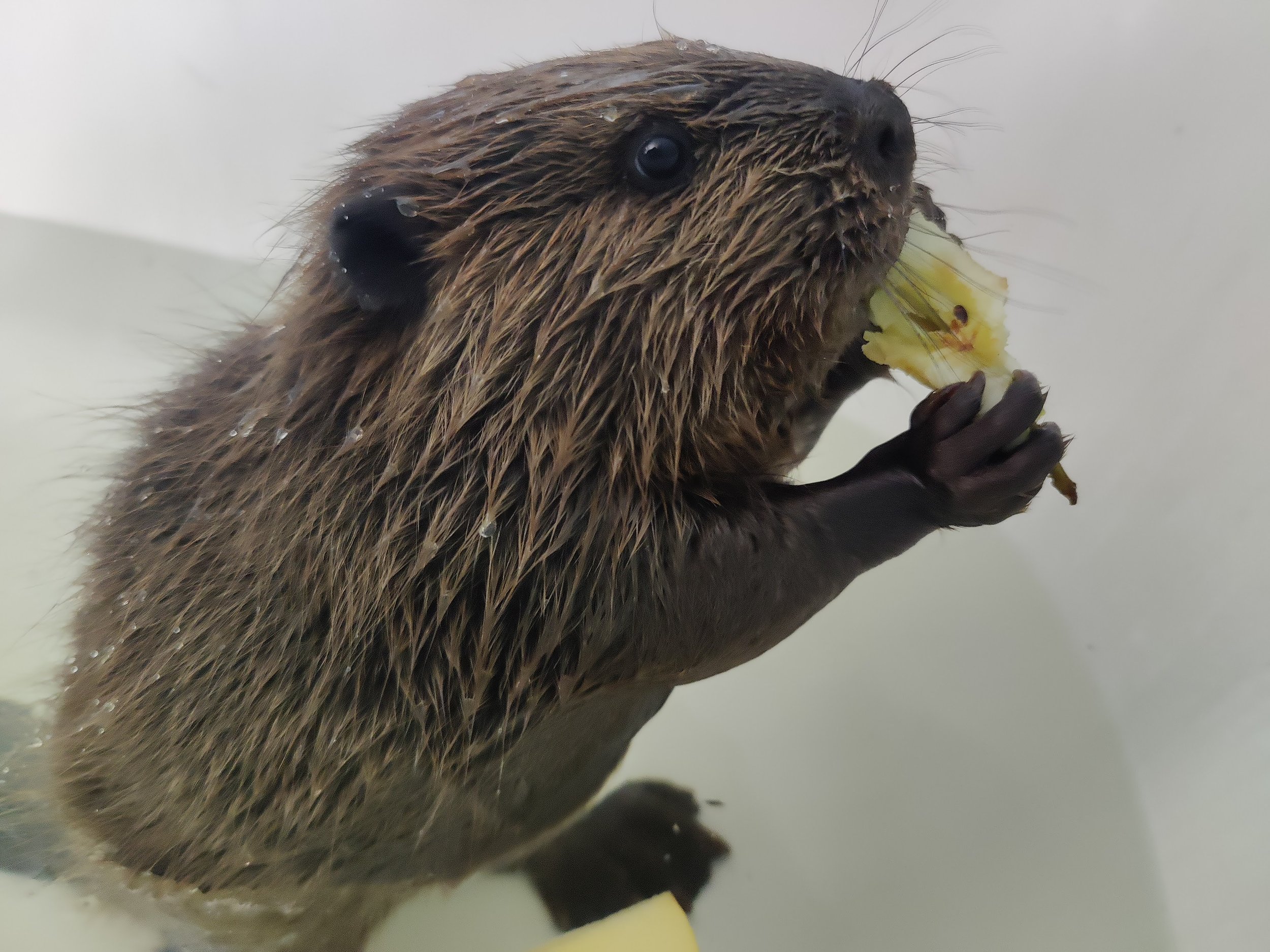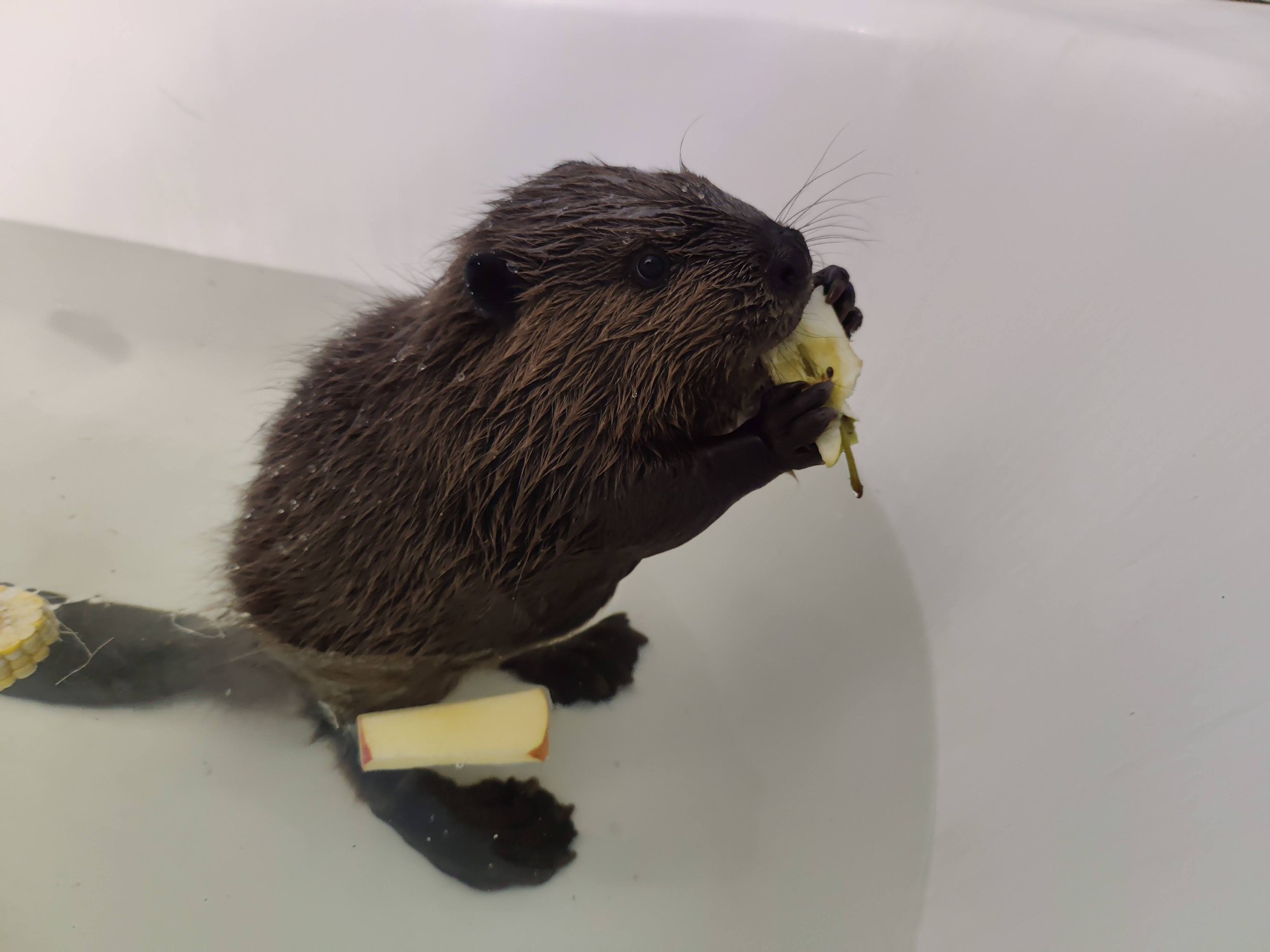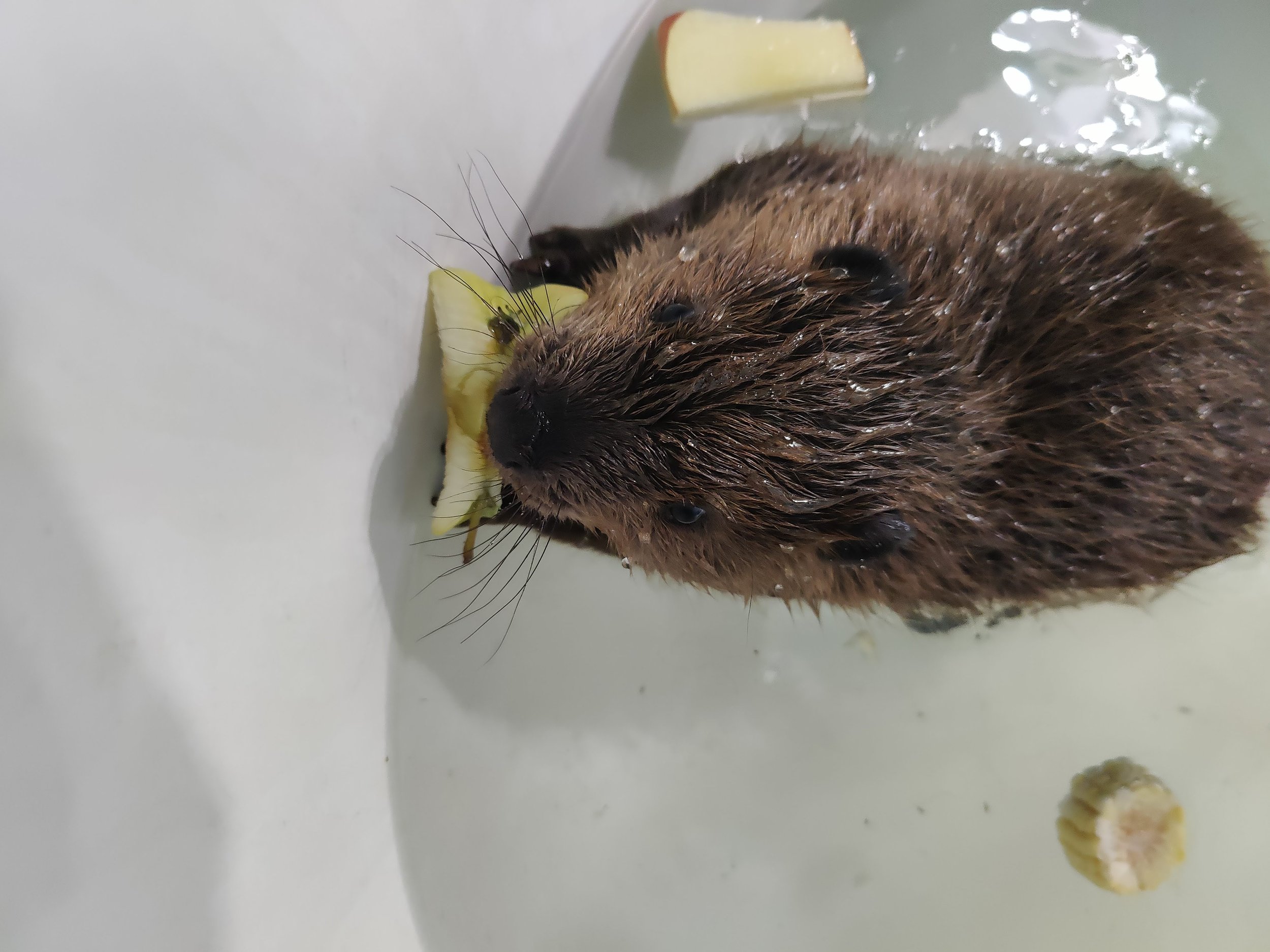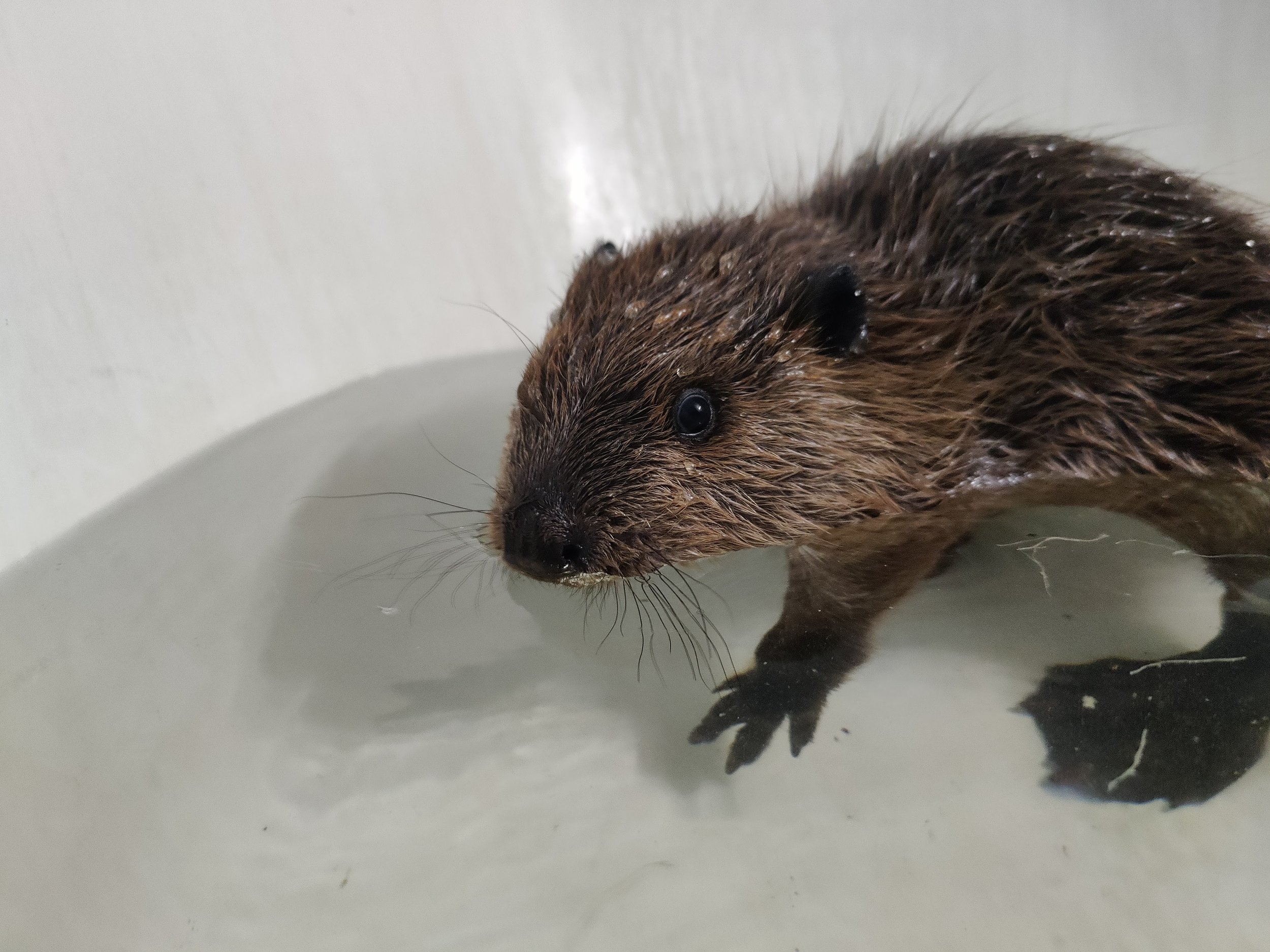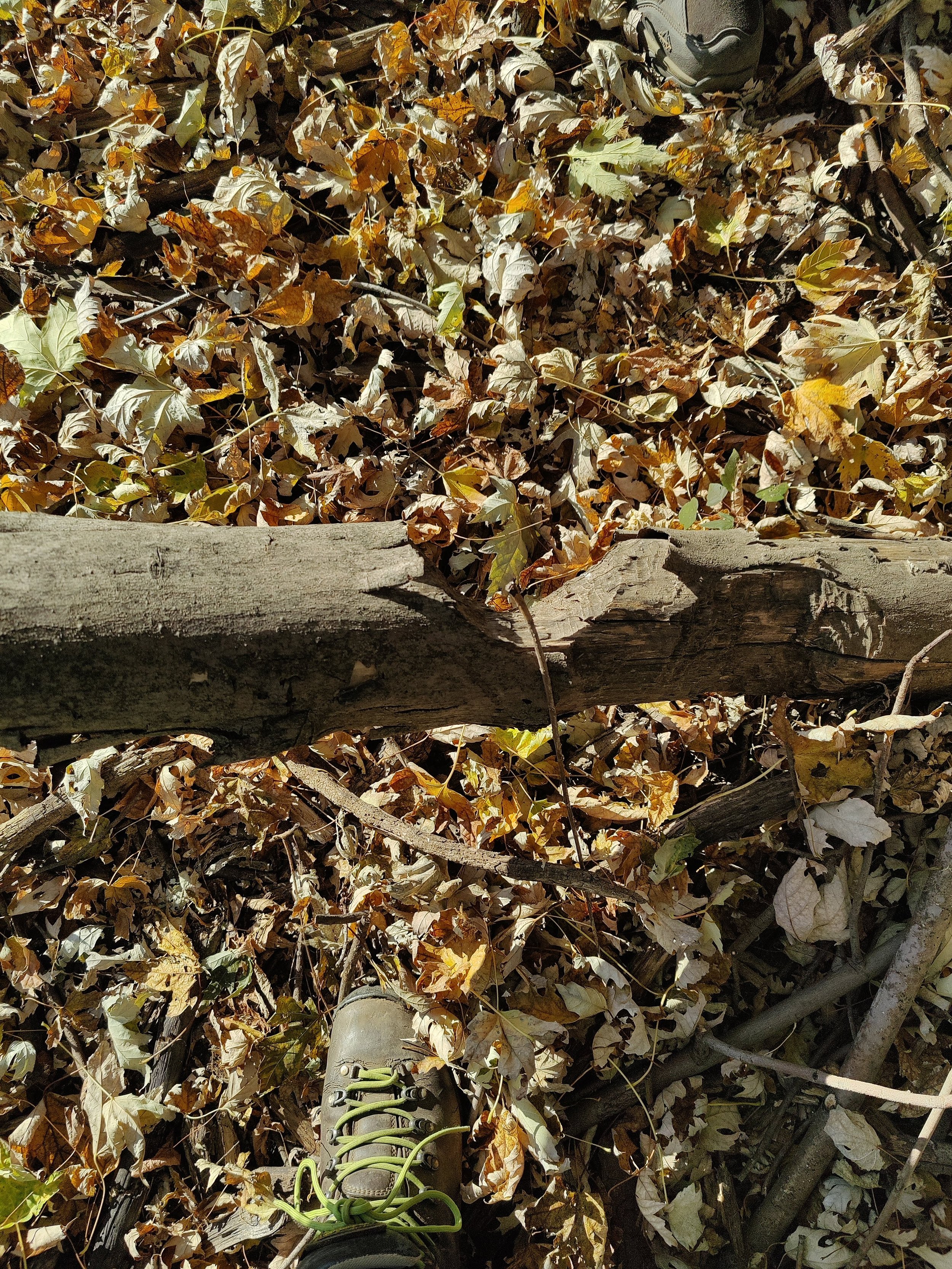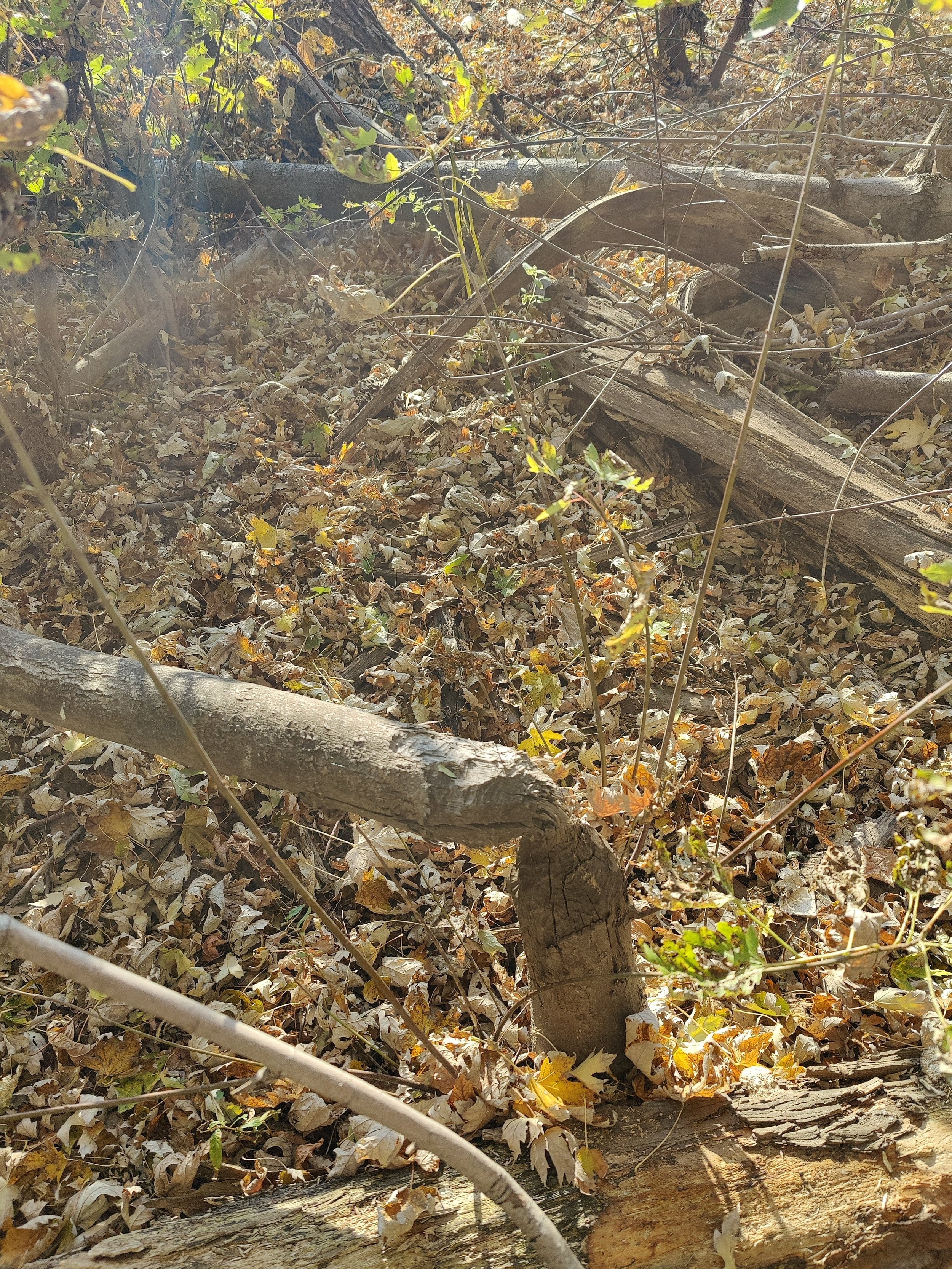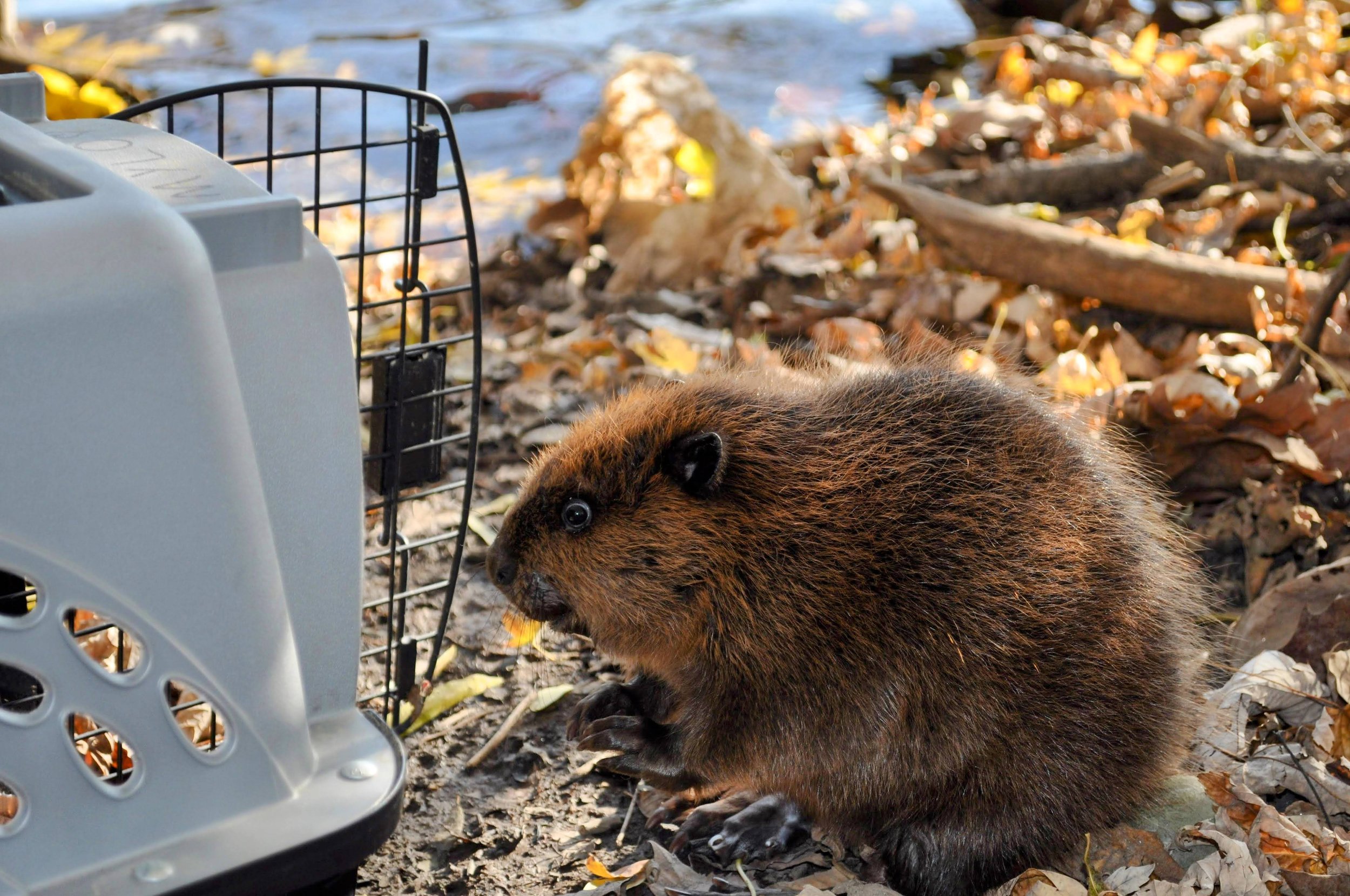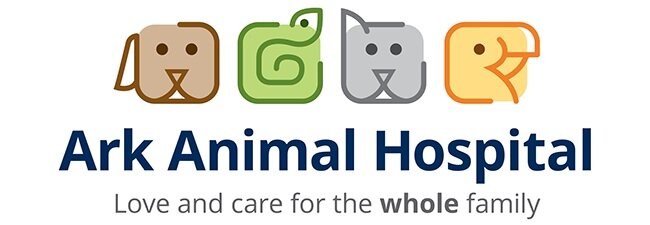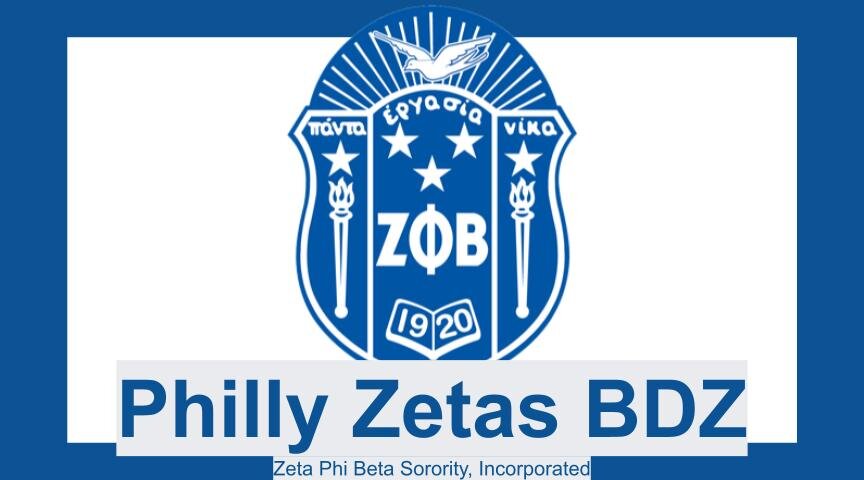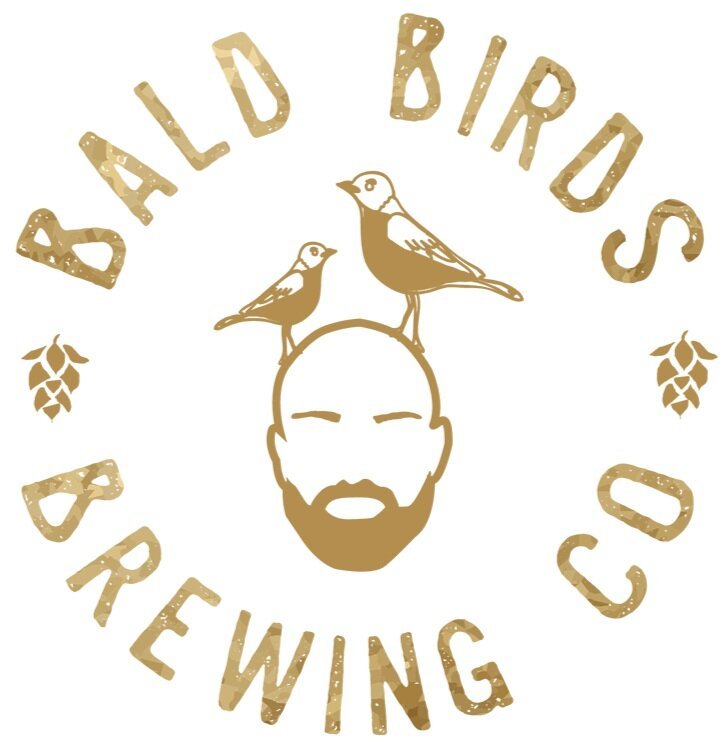If you’ve been following along, you’ll know that we have a few traditions at the clinic. One such tradition is that each year has an animal-based theme. We don’t set the theme. It’s down to chance, or fate, or whatever force is behind cause and effect.
Our first patient of 2025 was a raccoon. As such, 2025 is the year of the raccoon. How will 2025 be raccoon-like? It’s hard to predict.
Some fun facts about raccoons may help us understand the year ahead:
Raccoons are known for their exceptionally advanced sense of touch. Most of a raccoon brain’s sensory perception region (cerebral cortex) is devoted to the interpretation of touch. In fact, raccoons hunting in the water appear to use their sense of touch extensively (exclusively at times) when searching for certain prey.
We see this reality manifest in the clinic context. For instance, without enclosure locking redundancies, raccoons will find their way out (even if they can’t see the mechanism they are attempting to manipulate). To a raccoon, it’s a very physical world. Will it be a tactile year? Time will tell.
Raccoon advice
2 things to be aware of as baby raccoon season approaches-
If you find a young racoon, call us before you intervene (even if it’s alone or seems to be in distress). We will determine the best course of action based on the information and images you provide. Absent injury, we want to do everything to facilitate reunification with its family (its best chance is within the family unit).
We often get calls during raccoon baby season (the height of which runs approximately from March through August) about raccoons in the home. Sadly, we often get these calls after homeowners have hired a removal service that has killed the mom but left the babies. This is unfortunate because there are free, simple, humane ways to evict raccoons while keeping the family intact. We will be happy to guide you through this process.
So, please call us first! We don’t expect you to cohabit with raccoons. We will give you free advice that will solve the problem without harming animals in the process.
Orphaned juvenile raccoon from 2024 (mom was hit by a car)








































